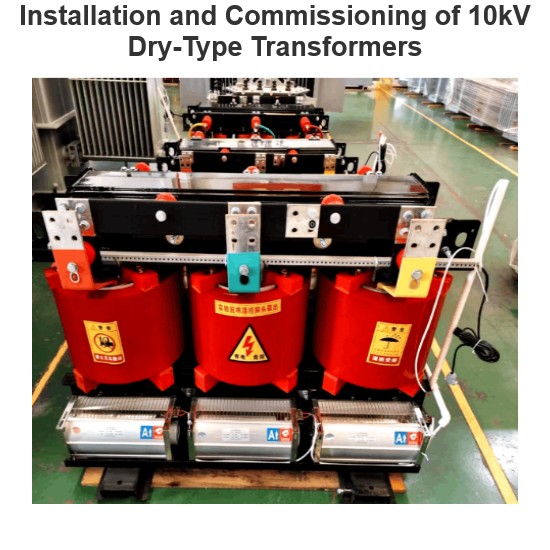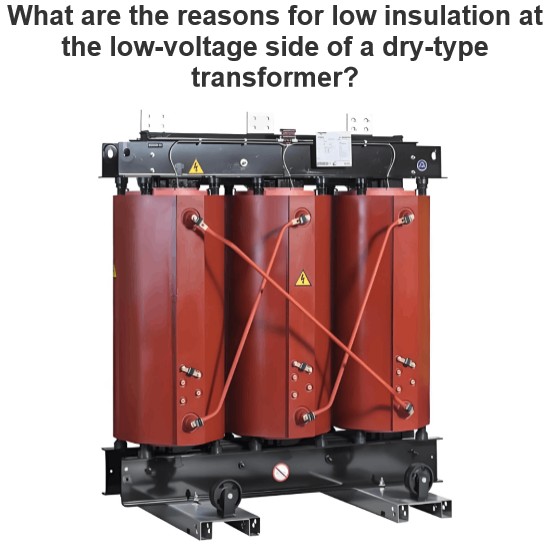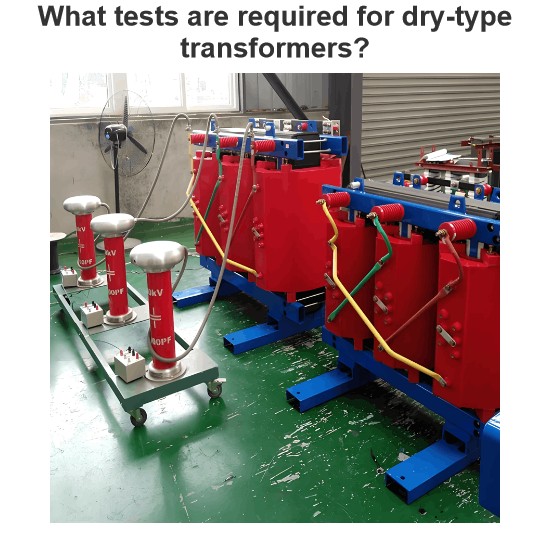What are the advantages of step-up autotransformers over step-up transformers and where are they usually used?
Advantages of Step-Up Autotransformers Compared to Step-Up Transformers
Step-up autotransformers and traditional step-up transformers have some notable differences in design and application. Below are the advantages of step-up autotransformers over traditional step-up transformers, as well as the typical scenarios where they are used.
Advantages of Step-Up Autotransformers
Higher Efficiency:
Reduced Copper Losses: Due to the shared winding between the primary and secondary sides, the total length and resistance of the conductors are reduced, leading to lower copper losses.
Better Core Utilization: Autotransformers have higher core utilization because the magnetic flux path is shorter and more direct, resulting in lower core losses.
Smaller Size and Weight:The shared winding design requires fewer materials, making autotransformers smaller and lighter than traditional transformers of the same capacity.
Lower Cost:Manufacturing costs are lower because less copper and iron are needed. This makes autotransformers more economical.
Wide Voltage Regulation Range:Autotransformers can be designed with a large voltage regulation range, making them suitable for applications that require frequent adjustments of output voltage.
Low Leakage Reactance:Autotransformers typically have lower leakage reactance, which means they provide better voltage stability, especially under varying load conditions.
Disadvantages of Step-Up Autotransformers
Despite their many advantages, autotransformers also have some potential drawbacks:
Safety Concerns:There is no electrical isolation between the primary and secondary sides of an autotransformer, which can pose safety risks, especially in high-voltage systems. A fault on the primary side could propagate through the secondary side to equipment or personnel.
Increased Protection Complexity:The lack of electrical isolation complicates protection design, particularly for ground faults and short circuits.
Typical Applications of Step-Up Autotransformers
Due to their unique advantages, autotransformers are widely used in the following scenarios:
Power Transmission and Distribution Systems:In power systems, autotransformers are commonly used in high-voltage transmission lines to achieve efficient voltage transformation. For example, in high-voltage transmission networks, autotransformers can be used to step up or step down voltages to meet different grid requirements.
Industrial Equipment:In certain industrial applications, autotransformers are used to drive large motors or other high-power equipment. They provide stable voltage output and maintain good performance even when loads vary significantly.
Laboratory and Test Equipment:Autotransformers are often used in laboratory adjustable power supplies, allowing researchers to precisely adjust voltage according to experimental needs. This flexibility makes them ideal for research and testing environments.
Audio Equipment:In some high-end audio equipment, autotransformers are used for impedance matching and signal amplification. They can deliver high-quality sound output while maintaining a compact size and weight.
Lighting Systems:Autotransformers are also used in lighting systems for voltage regulation, especially in cases where brightness adjustment is required. They effectively control the voltage supplied to bulbs, achieving energy savings and extending the lifespan of the lighting fixtures.
Wind and Solar Power Systems:In renewable energy systems, autotransformers can be used to step up the voltage generated by wind turbines or solar panels to levels suitable for grid connection, thereby improving overall system efficiency.
Conclusion
Step-up autotransformers offer higher efficiency, smaller size, and lower cost compared to traditional step-up transformers but also present challenges related to safety and protection complexity. Therefore, autotransformers are more suitable for applications where efficiency and cost are critical considerations and where some degree of electrical isolation can be tolerated. Specific applications include power transmission, industrial equipment, laboratory testing, audio equipment, lighting systems, and renewable energy systems.
The Electricity Encyclopedia is dedicated to accelerating the dissemination and application of electricity knowledge and adding impetus to the development and innovation of the electricity industry.













